I think there are very few wood lovers who have not seen a inlay. That picture or pattern made on furniture, flooring or musical instruments using small pieces of veneer from different species of wood. The design is based on the different color of the wood species. The natural color of wood can range from black to white, passing through all colors of the spectrum. It is not uniform colors, like paint, but a predominant color of each species. Because you can find a lot of colors in a piece of wood. You just look at a piece of acacia wood to discover colors from green to purple and yellow to ruby.
Natural color is for many species an identifying feature. There are species with shades so distinctive that it is a pity to exchange them for others, even if they are of uneven color. The imperfection of the natural color is precisely what gives wood its charm and gives it life. Would it not be a pity to color a walnut, cherry or acacia? We would lose so much by gaining a dry uniformity.
On the other hand, there are species of wood - poplar, lime, resinous, beech - that gain a lot by staining. Applying stain brings out the natural design of the wood and gives the furniture even more value.
Let's see together when it's worth keeping the natural color of the wood and when the end result is much better by staining or painting the wood.
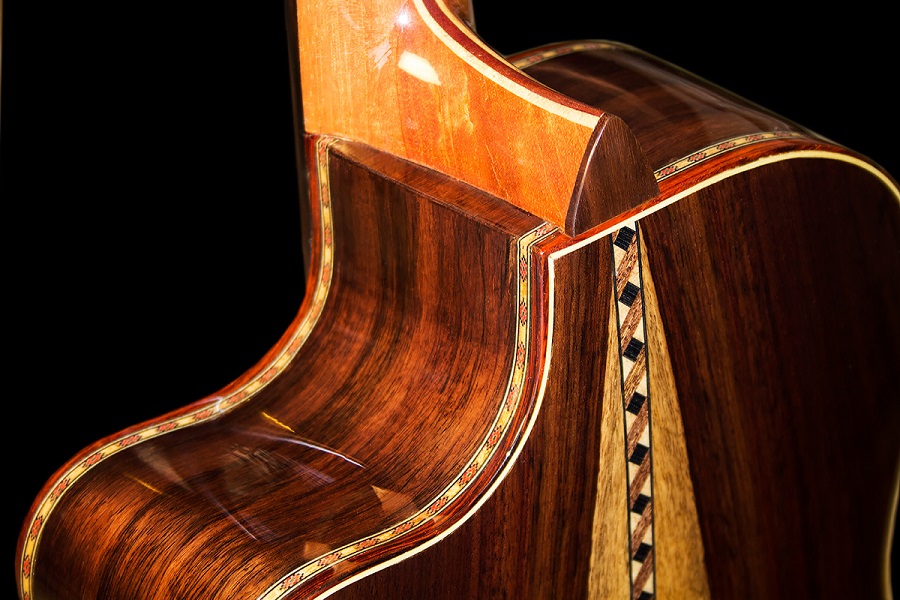
Natural wood colours
There are types of wood that many wood lovers believe lose their beauty and value through staining. These are the species renowned for their color. If you want furniture made from cherry woodWhy paint it? The warm, silky, delicate color of cherry has led to the emergence of cherry stains that try to turn other types of wood into cherry. Unfortunately often this understated color is so much exaggerated that there is nothing natural about it.
Colour of the wood nuc, oak, frasin, cherry, palisander, mahon, wagons can be reproduced, but it will never fool a connoisseur. That's because wood is a mixture of characteristics that includes color. Color alone, without specific pores, natural design, fibre appearancedoes not represent the wood of that species. Woodworkers know very well that they will never be able to make fir furniture look like oak, even if the wood is stained in a color identical to that of oak. The general appearance of the wood will always say that it is a resinous.
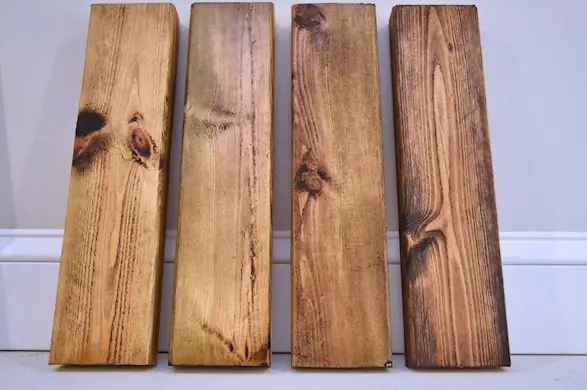
But let's come to those wood species prized for their color. If you want a piece of furniture or an object made from such wood, leave it as natural as possible. Even if the color is uneven and there are big differences in shade on the same piece of wood, consider yourself lucky to have a unique piece of wood. Don't try to hide this under a uniform color.
It is good to know that varnishes can also change their original color. This is especially true of light-colored wood. Lacquers, even if transparent, have a yellowish tint that changes the natural color of the wood. A very good example is ash wood. In design it is very similar to oak, but it differs in color. Oak ranges from straw yellow to light brown, while ash is almost white. The light color and specific pattern are much appreciated by connoisseurs. But to preserve the color the finish must be done with varnishes that don't have that yellow tint and don't yellow over time. One solution can be acrylic lacquer on solvent, which can also preserve the natural look of the wood.
Oak is another wood worth keeping in its original color. The green or reddish iridescence of the pattern is an argument in this respect. In addition, the combination of large pores with specific pattern, color and specific mirror areas make oak a wood with personality and character, highly desirable for the manufacture of quality furniture.
A wood highly valued for its colour is that of nuc. The color differs depending on the species, the "Romanian" walnut having a lighter brown color, while the American walnut is darker. As far as I know, American walnut has also started to be cultivated here. The color of walnut is so famous and so diverse that there are many different shades of walnut: dark walnut, light walnut, antique walnut, medium walnut. No matter what the color of the walnut it would be a great pity for it to be hidden under a bay.
A wood whose color is, in my opinion, impossible to reproduce is that of acacia. It is not widely used for interior furniture because it is very hard and difficult to work. But it is used for garden furniture because it is very hard-wearing in outdoor conditions. The processing in this case is minimal, using acacia strips. It's special because on a single piece of wood you can find an infinite number of unexpected colors, from cyclamen to bright green or turquoise. The abundance of colors is due to the high tannin content. The tannin content influences the finish and can change the color of the bath and varnish.
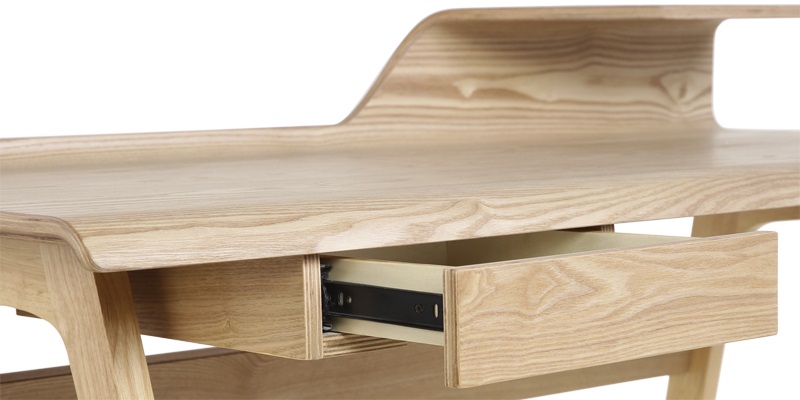
photo source: scriptonline.com
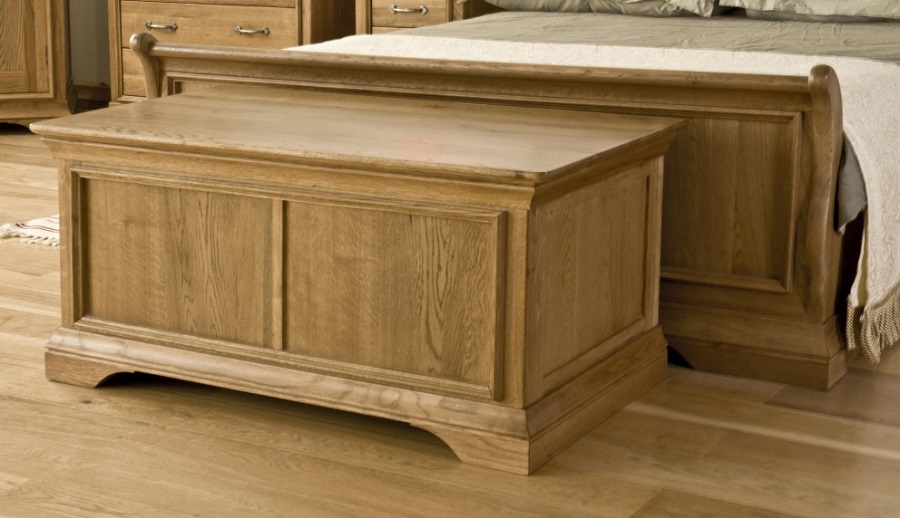
photo source: fortunewoods.co.uk
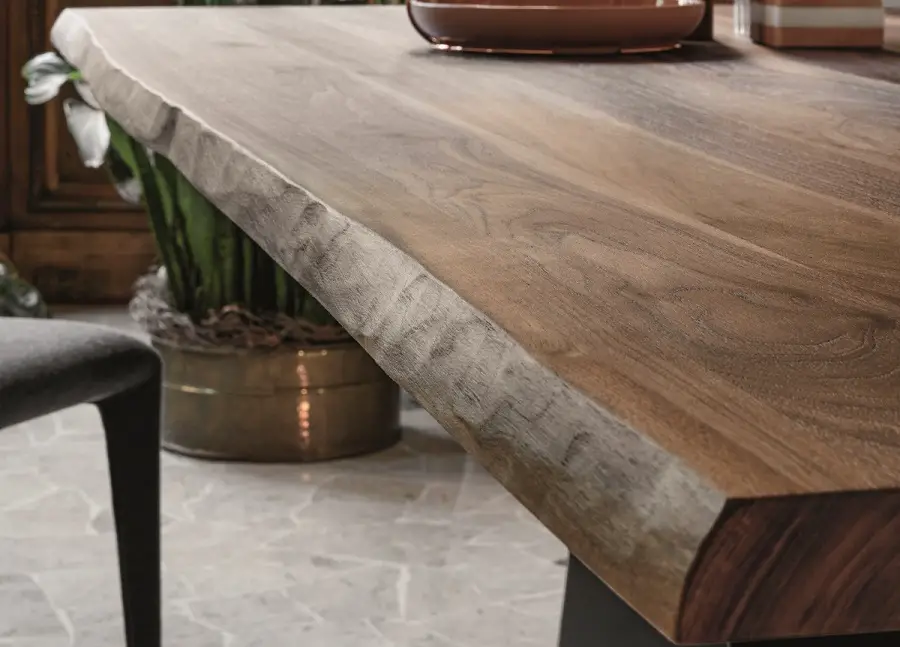
photo source: gomodern.co.uk
When and why we color wood
Dull, uniform wood without personality
There are situations when the wood has nothing spectacular, nothing stands out. This is the case poplar woodlime and sometimes resinous. The natural, uncolored poplar has a very uniform yellowish-white color, with nothing specific. Linden is also a uniform color, but a little more reddish. Uncolored furniture made of poplar or lime wood is expressionless. When colored, it suddenly comes alive. The annual rings are brought out, the absorption is different in late wood than in early wood, and an interesting pattern emerges that would have been lost without coloring.
Coloring and special finishes, with patinas or other effects, raise the value of a wood that would be totally dull without such artifices. Poplar wood was used in the past to make spoons, scoops and other kitchen utensils. By staining or using various methods of antiquing or special effects, it has become very interesting and appreciated.
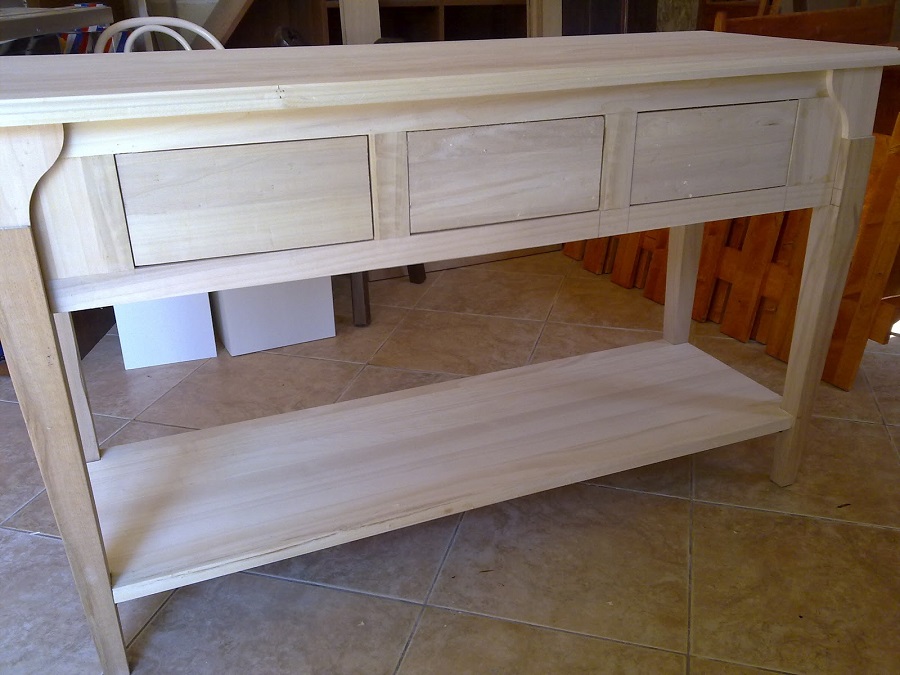
photo source: faidatehobbylegno.blogspot.com
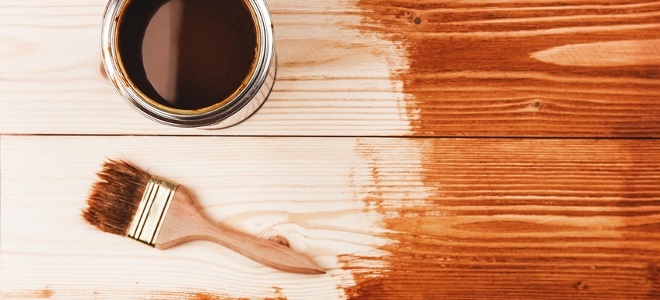
Wood with defects or unattractive natural design
There are situations when wood has certain imperfections that are not accepted by the customer. It would be a pity not to use it and throw it away just because some people don't consider it beautiful. And then, to hide these "flaws", you can use stains for coloring, patinas for special effects and sometimes even paints that cover the flaws but preserve its personality.
An example of a wood that doesn't lose its charm when stained is softwood - spruce, fir or pine. The many knots sometimes make the design tiresome. By painting it, the knots become invisible, unlike the natural design, which remains visible despite the coat of paint.
Repairs such as replacing dropped knots or fiber pulls become invisible under a coat of paint. The furniture will still remain solid wood and will not lose value on aesthetic grounds.
One reason why resinous wood stains is that it also turns yellow over time. Yellowing starts immediately after cutting and continues even if it has been varnished. The color acquired over time is unattractive, even slightly dirty-looking. By staining, naturally occurring yellowing is hidden.
There are special wood species that deserve to be kept as they are naturally A natural, specific color is a pity to hide or change. But neither should the charm be lost of a wood whose pattern is less visible because of dull colors, or one where stains, knots or other defects make it less attractive. By staining or painting it can be ennobled and we can enjoy solid wood furniture, which is already a big gain.





































Hello, Mrs Radu
I would like to thank you for your advice in the past and would like to ask for your professional advice.
It is a new gate that we are going to install this summer and of course I would like to treat the wood first. The structural parts (posts) are made of oak with carved motifs and the movable parts of fir.
I would really like to keep the wood grain visible and was thinking of using bait+lacquer. Can you give me some advice on what to use and what I should watch out for? For oak I would use a darker shade than fir to create contrast. Thank you very much, Cristian
Hello!
I'm glad the advice was helpful.
On the outside, totally transparent coatings are not resistant. A small amount of pigment is needed in the varnish/oil to make it resistant to UV radiation from the sun. Therefore, all materials used to protect wood outdoors are semi-transparent or opaque.
If you want a wood+lacquer finish, I recommend using professional products, i.e. from companies specialising in the manufacture of wood materials (Sirca, ICA-Lomilux, Renner, Remmers, Milesi, Sayerlack, Sadolin, etc.). In addition to quality materials, they can also guide you to get the best result.
I recommend water-based products. Currently, if applied correctly, they have the highest resistance over time. You can't use just any baths, only those that are resistant to the outside. They have a more even effect, i.e. they cover the fibre a little, blurring differences in absorption. A professional outdoor varnish won't have the transparency of one used indoors, but neither will it be as colourful as those in DIY stores.
As for colours, you can use a dark or antique oak for oak and pine for fir. An even stronger contrast is achieved if you stain the oak walnut and the fir with pine. There is also a Douglas fir variant with a slightly reddish tinge.
Good luck!